Sunflower Russian Giant Hybrid flower seeds 40+seeds
₹55.00
Out of stock
Email when stock available
SKU: sunflowerrussiangiantfine
Categories: Summer Flower seeds, Winter Flower Seeds
Sunflower Russian Giant Growing sunflowers from seeds is a simple and rewarding process. Sunflowers (Helianthus annuus) are known for their large, vibrant blooms and are a popular addition to gardens. Here’s a step-by-step guide on how to grow sunflowers from seeds:
1. Selecting Sunflower Seeds:
- Choose a sunflower variety that suits your preferences. There are different types, including dwarf varieties for small spaces and giant varieties for larger areas.
Sunflower Russian Giant 2. Timing:
- Sunflowers are warm-season plants. Plant the seeds directly into the soil after the last expected frost in your area. Sunflowers require full sun, so choose a location that receives at least 6-8 hours of sunlight per day.
3. Soil Preparation:
- Sunflowers prefer well-draining soil. Prepare the soil by loosening it to a depth of about 2 feet and adding organic matter if needed.
4. Planting Seeds:
- Plant sunflower seeds directly into the garden or containers. The ideal spacing depends on the variety; for smaller varieties, space the seeds 6-12 inches apart, and for larger varieties, space them 18-24 inches apart.
5. Planting Depth:
- Plant the seeds about 1 inch deep. If you’re planting larger seeds, like the ones from giant sunflowers, you can plant them a bit deeper.
6. Watering:
- Water the soil after planting to ensure good seed-to-soil contact. Keep the soil consistently moist until the seedlings are established. Once established, sunflowers are relatively drought-tolerant.
7. Thinning:
- If you’ve planted multiple seeds in one location, thin the seedlings once they reach a few inches in height. Leave only the strongest, healthiest plants, spacing them according to the variety’s recommendations.
8. Support for Tall Varieties:
- For tall sunflower varieties, consider providing support to prevent them from toppling over in strong winds. Staking or using a cage can be effective.
9. Fertilizing:
- Sunflowers don’t typically require heavy fertilization. If your soil is nutrient-poor, you can apply a balanced, all-purpose fertilizer at the time of planting and then sparingly throughout the growing season.
10. Deadheading:
- Deadheading involves removing spent flowers to encourage continuous blooming. While this is not necessary for all sunflowers, it can promote more blooms in some varieties.
11. Harvesting Seeds:
- Sunflowers produce seeds that can be harvested once the flower heads have matured and the back of the flower head turns yellow. Allow the seeds to dry on the flower head, and then harvest them for roasting or for future planting.
| Weight | 10 g |
|---|
Be the first to review “Sunflower Russian Giant Hybrid flower seeds 40+seeds” Cancel reply
You must be logged in to post a review.
Related products
Summer Flower seeds
Rated 5.00 out of 5
₹70.00
Summer Flower seeds
Rated 5.00 out of 5
₹70.00
Summer Flower seeds
Rated 4.00 out of 5
₹50.00
Summer Flower seeds
Rated 5.00 out of 5
₹99.00



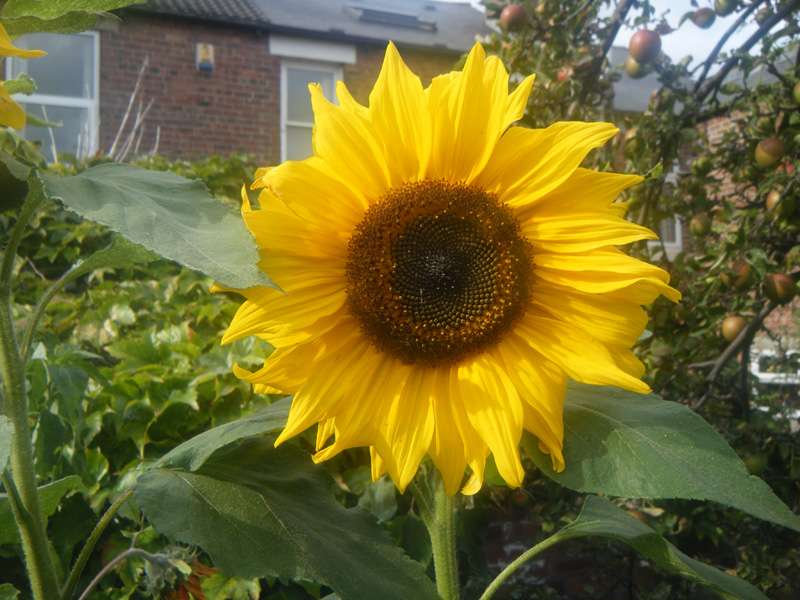
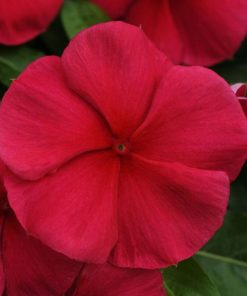
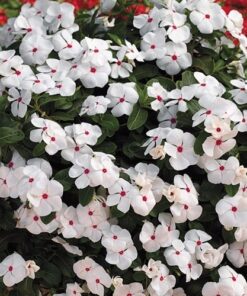
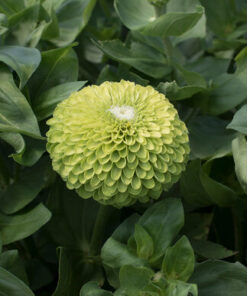
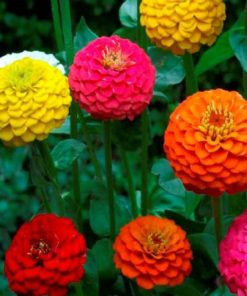
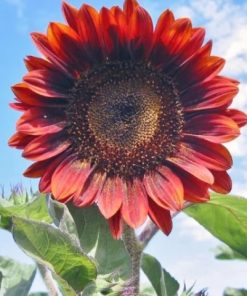

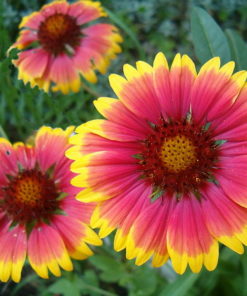
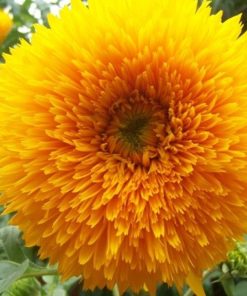
Reviews
There are no reviews yet.